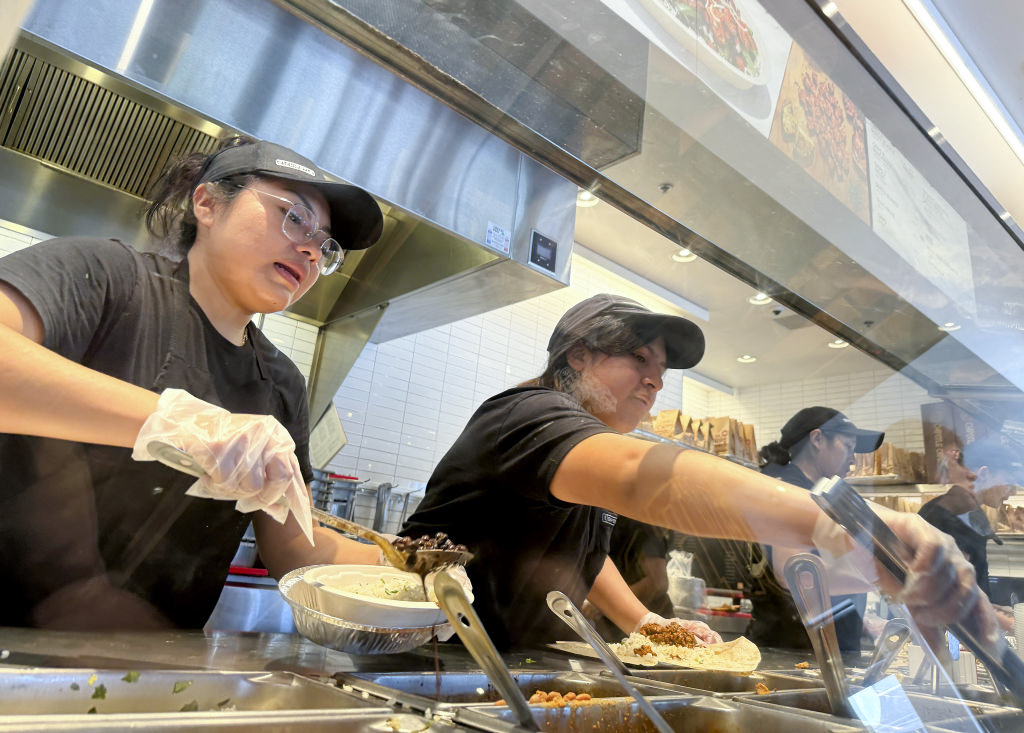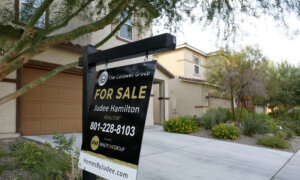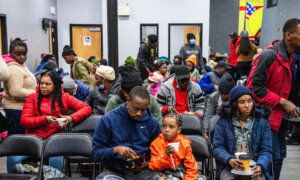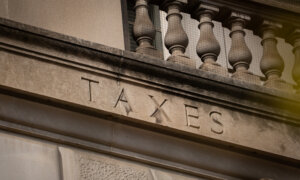California’s April 1 minimum wage hike for fast food restaurant workers has mainly been paid for by consumers in the form of higher prices for fast food and by restaurant owners in the form of lower profit margins, according to a recent study by the Institute for Research on Labor and Employment (IRLE).
Employment remained stable, meaning that workers received the full benefit of the minimum wage hike.
Specifically, the April wage hike, which translated into an 18 percent raise on average for 750,000 fast food and related workers, resulted in a 3.7 percent rise in customers’ fast food bills, or about 15 cents for a $4 item, according to the study.
“Consumers therefore absorbed about 62 percent of the cost increases,” the study’s authors wrote.
Still, the 3.7 percent rise in fast food prices is disproportional to the 18 percent wage hike. The study’s authors stated that it’s a “benign” number, and they suggested that the restaurant industry has also paid via lower profits.
Michael J. Abatemarco, professor of Accounting, Law, and Taxation at Long Island University, sees this burden for the restaurant industry as an inevitable consequence of sizable minimum wage hikes.
“Unless labor cost cuts in other areas offset them, wage hikes boost the cost of food services and squeeze gross profit margins,” he told The Epoch Times.
Milos Eric, co-founder and general manager at OysterLink, a restaurant and hospitality job platform, agrees.
“California’s recent hike to a $20 minimum wage has significantly impacted the state’s restaurant industry,” he told The Epoch Times via email. “While it directly benefits workers, it might also increase consumer costs and challenges for restaurant owners.”
He said restaurants often have thin profit margins and may not have the flexibility to afford higher labor costs.
“To offset these increased expenses, many restaurant owners have raised the cost, reduced staff, and plan to increase automation,” Eric said.
However, more than staff reductions and automation may be required to prevent some low-end fast-food restaurants from paying the ultimate price of repeated minimum wage hikes in the Golden State: head for the exits.
According to the Gosnappy.io platform, restaurant closures in the Golden State rose by 330 percent from January to August this year, meaning that some restaurants closed their doors in anticipation of the implementation of the minimum wage hike.
Location data provider Dataplor reported a 71 percent jump in dining closures in September 2023 in California, the month the minimum wage hike was signed into law, compared to a 25 percent rise in closures in similar states.
Labor cost-cutting measures like reduced staff and restaurant closures should have resulted in a decline in restaurant employment, but the IRLE found no evidence of cuts in labor hours or worker count.
Meanwhile, a Harvard University report published last week found no evidence of a decline in employment in the fast food restaurant industry following the April minimum wage hike either.
“In response to the sizeable wage increase for California fast-food workers, we do not find evidence that employers turned to understaffing or reduced scheduled work hours to offset the increased labor costs,” write authors Daniel Schneider, Kristen Harknett, and Kevin Bruey. “Rather, weekly work hours stayed about the same for California fast food workers, and levels of understaffing appeared to ease.”
The muted effect of such a sizeable minimum wage hike on employment may surprise labor economists who see a trade-off between higher wages and labor employment. For instance, in a survey of 100 studies on minimum wage, labor economists David Neumark and William Wascher found that minimum wage results in job losses, particularly for low-skilled workers, teenagers, and sectors that rely heavily on low-wage labor, like the fast food restaurant industry.
There are a few plausible explanations for why this wasn’t the case with the recent California minimum wage hikes. One is that the hikes occurred during near-record low unemployment, meaning employers may have to hoard scarce labor—though California’s unemployment rate is above the national average.
Second, higher wages may have contributed to higher productivity, which was in line with the higher pay, making fast food workers more valuable to employers.
Third, restaurant operators may underreport employment statistics, a highly controversial issue in every state, especially in blue states.














